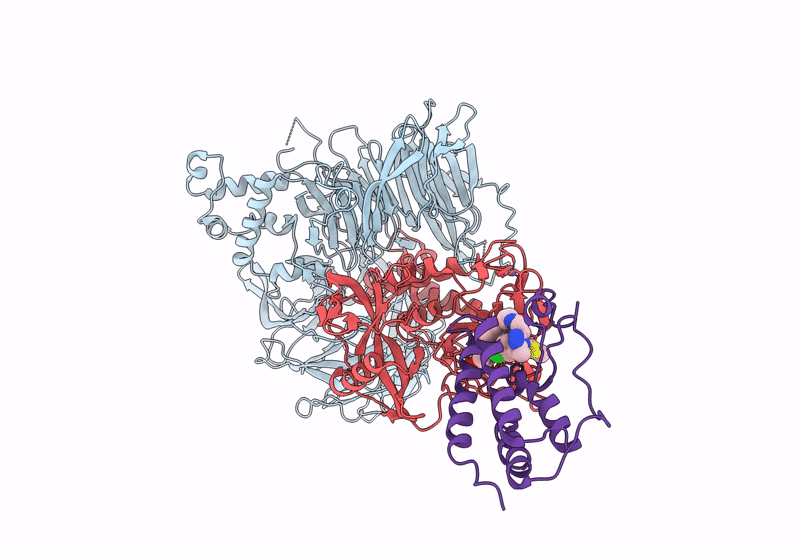
Deposition Date
2025-08-07
Release Date
2025-10-29
Last Version Date
2025-10-29
Entry Detail
PDB ID:
9SAI
Keywords:
Title:
Ternary PROTAC-mediated complex consisting of Cereblon, DDB1 and BRD4-BD1, non-covalently linked by JQ1-AcN
Biological Source:
Source Organism:
Homo sapiens (Taxon ID: 9606)
Host Organism:
Method Details:
Experimental Method:
Resolution:
2.66 Å
Aggregation State:
PARTICLE
Reconstruction Method:
SINGLE PARTICLE


